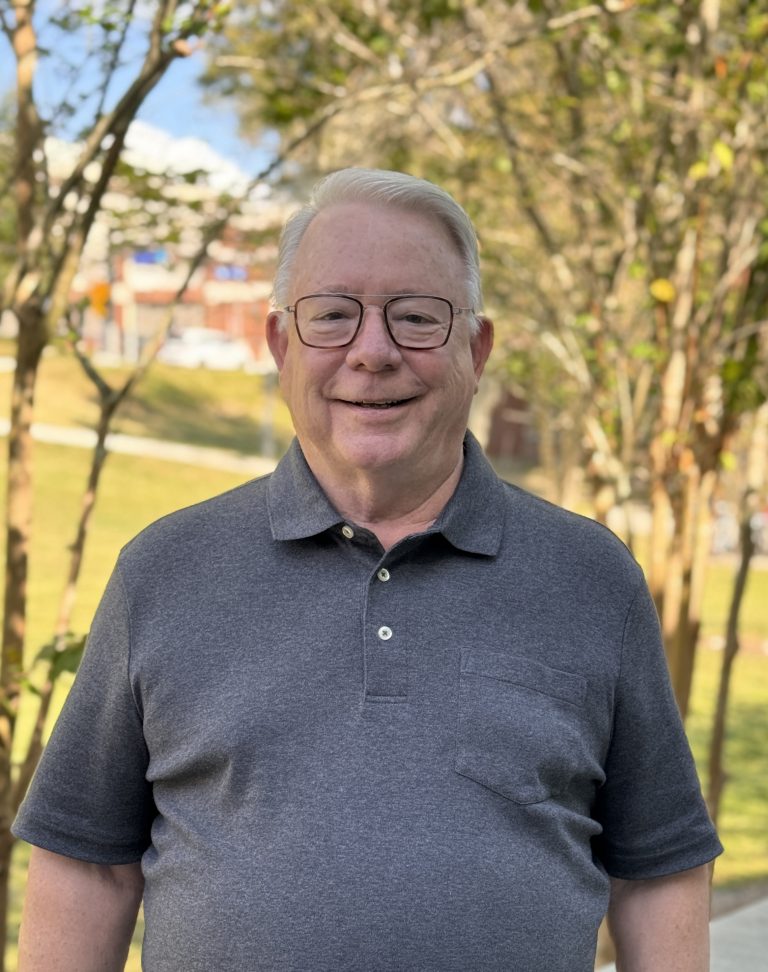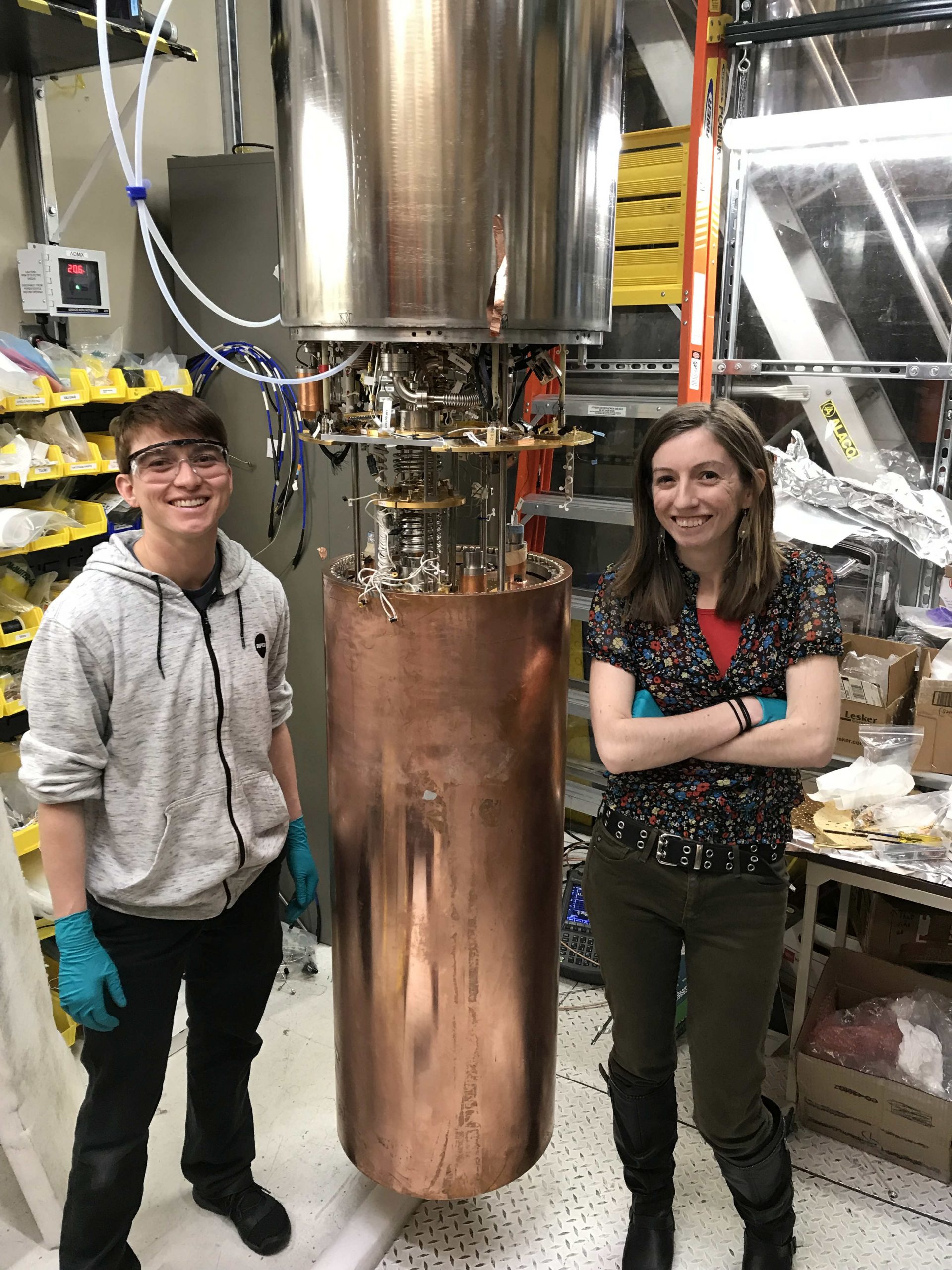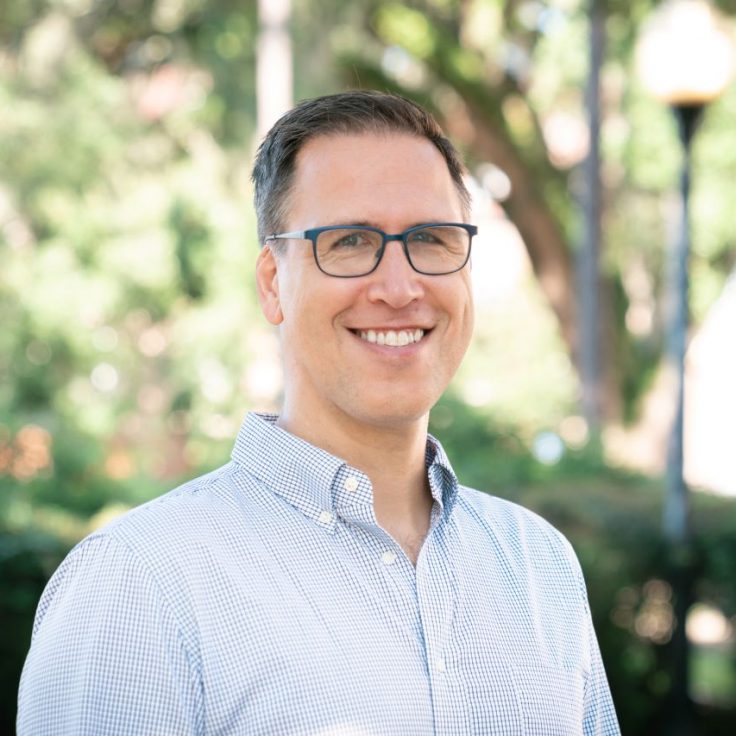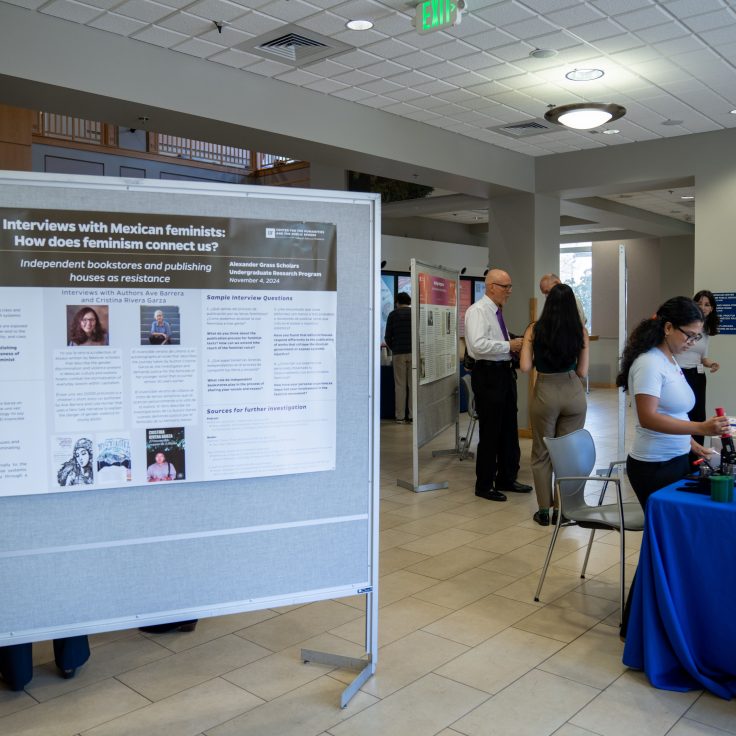David B. Tanner Wins Top US Prize in Experimental Particle Physics
Distinguished Professor of Physics David B. Tanner has been awarded the American Physical Society (APS) 2024 W.K.H. Panofsky Prize in Experimental Particle Physics for his innovative contributions to the field.
The prestigious award underscores Tanner’s exceptional standing within the scientific community. Since joining the UF faculty in 1982, he has not only excelled as an educator and mentor but also served as a forward-thinking department chair. Additionally, Tanner continues to make an impact through his experimental research on dark matter axions, an endeavor that began over 40 years ago.

Axions hold significant interest as they could address enduring challenges within nuclear physics, potentially holding responsibility for some or all of the universe’s dark matter. The physics community is keen to support efforts to detect these theoretical particles, a charge led by Tanner and his colleagues.
In 1983, UF physicist Pierre Sikivie approached Tanner and colleague Neil Sullivan about a method he’d invented to search for axions in the dark-matter halo of our Galaxy. Although Tanner and Sullivan were focused on a different branch of study called condensed matter physics, both eagerly agreed to join Sikivie’s quest for axions. “It was clearly a wonderful challenge that we could not pass up,” said Tanner.
The trio established a flagship dark matter initiative at UF. They developed a pioneering apparatus, with Tanner and Sullivan contributing to the detailed design and construction of the pilot axion detector. As their work gained attention and funding from the Department of Energy (DOE), the experiment eventually became known as the Axion Dark Matter eXperiment (ADMX), now headquartered at the University of Washington. The project has blossomed into a large-scale international collaboration.
“The ADMX experiment has had many participants: faculty, postdocs, and students at more than a dozen universities and laboratories,” said Tanner.

The core of ADMX’s success lies in the detector originally designed by the UF physicists, now outfitted with quantum-enabled superconducting electronics. In 2018, ADMX made history as the world’s first experiment to be sensitive enough to “hear” the telltale signals from dark matter axions. Like searching for a station on a shortwave radio, the detector must be tuned to the frequency emitted by the axion’s decay. This tunable detector remains at the heart of the team’s continued search for axions, with the sensitivity achieved five years ago marking the beginning of a definitive hunt for the elusive particles.
The W.K.H. Panofsky Prize is named in honor of Wolfgang Panofsky, a prominent particle physicist who left a lasting legacy in both his field and the broader scientific community. “Professor Tanner has also had a tremendous impact not just in his axion work, but across multiple fields of physics – optical properties of materials, axion dark matter searches, gravitational wave astronomy,” said Professor and Chair of the Department of Physics Stephen Hagen. “We’re thrilled that he’s been recognized with this prize.”
Tanner isn’t celebrating on his own. He shares his newest accolade with colleague Leslie J Rosenberg, a professor emeritus at the University of Washington and ADMX lead scientist. The official citation reads that the pair has earned the prize: “For leading the synthesis of precision microwave cavity techniques, superconducting quantum sensing, and cryogenic technology into the modern axion haloscope, and for the subsequent demonstration of experimental sensitivity to high-priority models of axions as dark matter.”
As Tanner remains committed to the ongoing search for axions, as well as expanding efforts in condensed matter experimentation and gravitational wave research, he acknowledges that it’s a team effort.
“Looking for things that are very hard to see is both challenging and exhilarating,” said Tanner. “Patience, perseverance, and the help of good colleagues are essential.”


